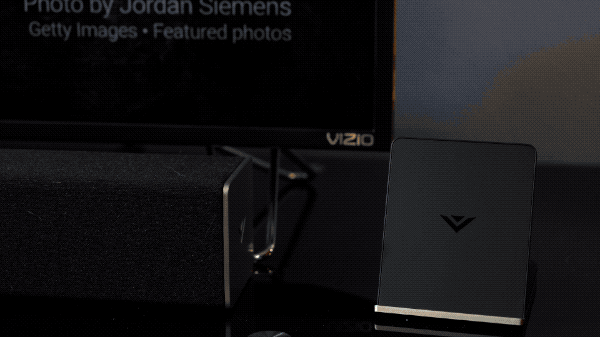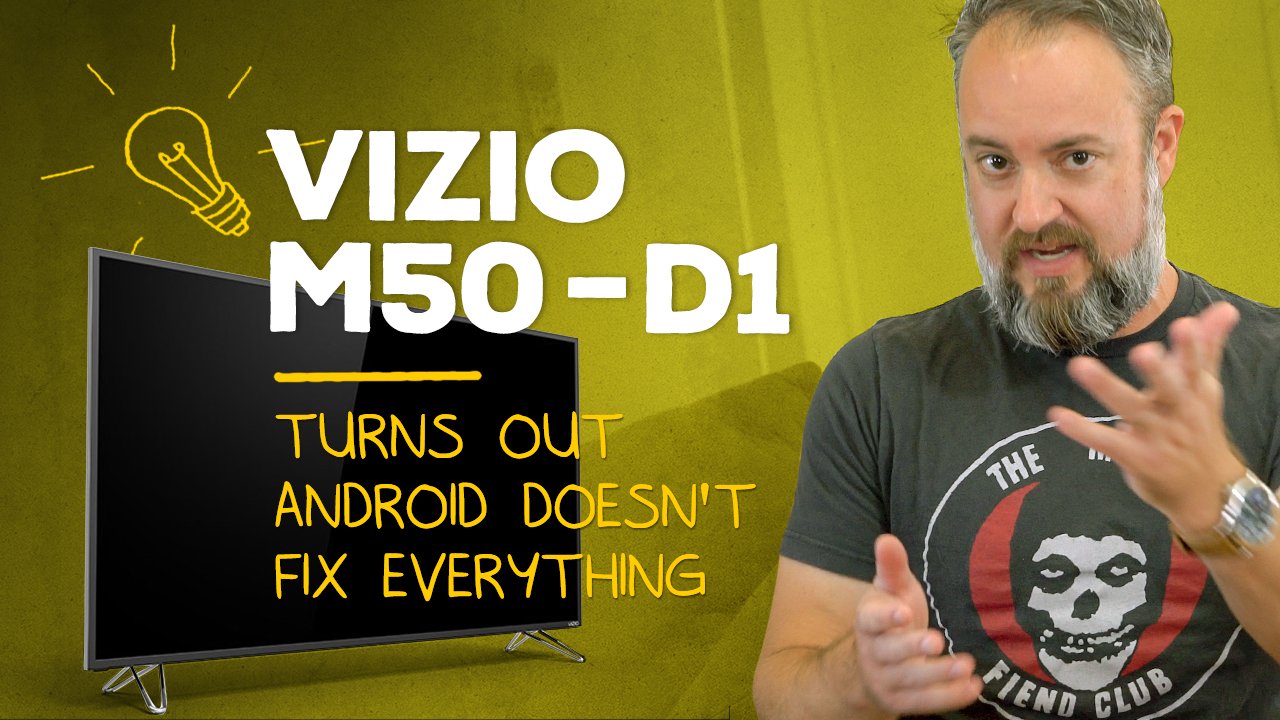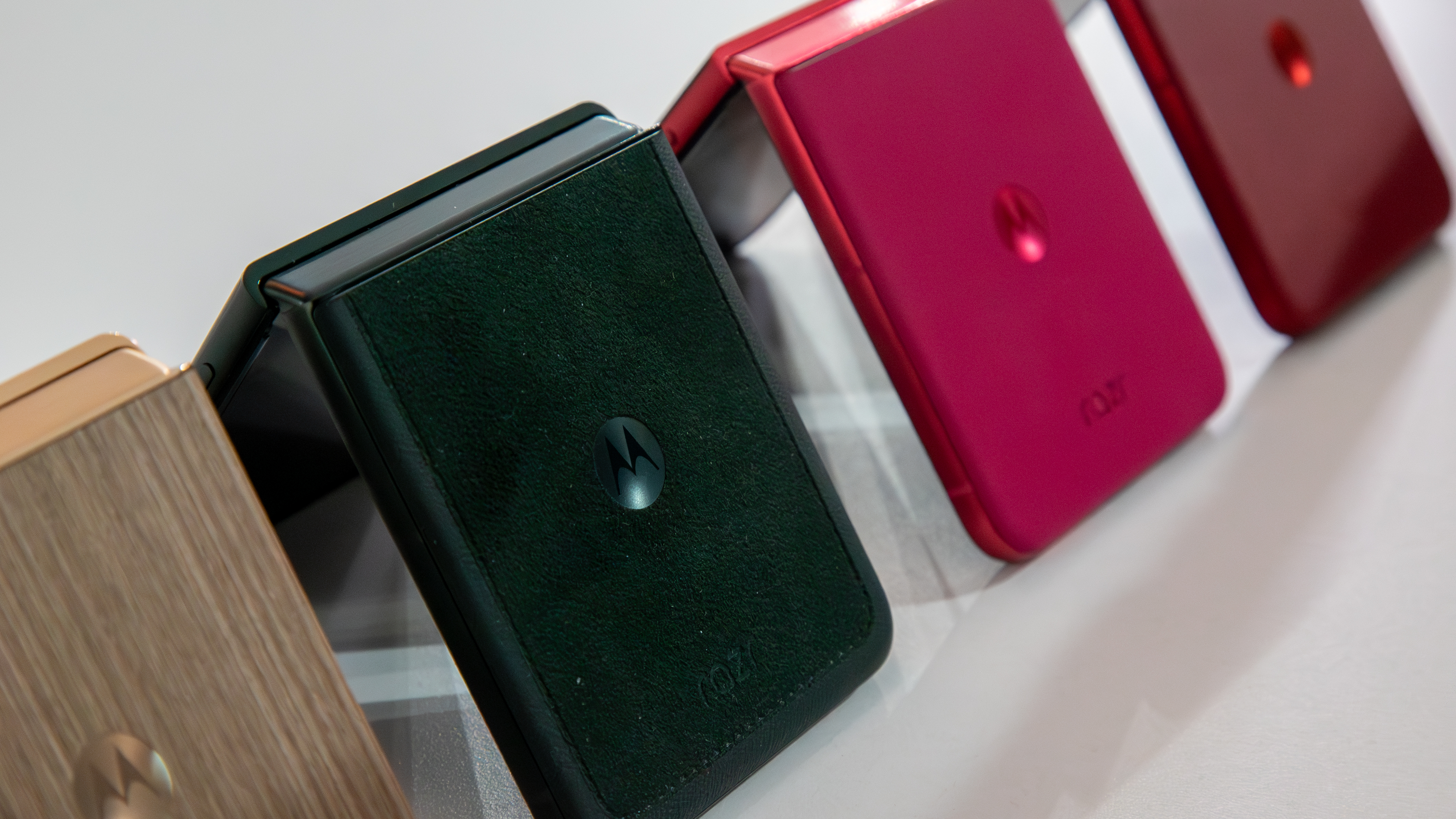Once upon a time the idea of a television relying on Google's Chromecast for content and shipping with a 6-inch Android remote might have excited me. Because for the most part television manufacturers have tried too hard to be UX designers an ended up making TVs that send me running for a set-top box as quickly as possible.
But Chromecast and Android? I love those things.
So when Vizio said "Hey, we want to send you this TV — the M50-D1 ..." my ears perked up. (For the record: This is a loaner they sent for review, review it I did, and now I'll have to figure out what to do with it.)
But things have changed a little bit between the time the set arrived, and the time you're watching this video and reading these words. First and foremost is that this is a 2016 model, and the 2017 sets revert to something a little more traditional.
Let's rap.
Truth be told, I rather enjoy the idea of a dumb display. I've never really been a fan of built-in apps. Do they work well? Will they ever be updated? It's a crapshoot, really. I'll rely on set-top boxes, mostly. The NVIDIA Shield TV with Android TV is great, Apple TV is excellent, and Roku is my recommended box for anyone not locked to either of those those ecosystems. (And I just recently fell in love with HDHomerun for a TV tuner.)
Subscribe to Modern Dad on YouTube!

But there's still something rather odd about relying so much on Chromecast. Or maybe it's just that this thing's trying to make me believe I have to rely on Chromecast. Because really it's making me rely on having some sort of set-top box. Because for as great as Chromecast is as a streaming protocol, it's not great if you're the type who likes to lean back, remote in hand, and go all stick-and-throttles on your viewing experience.
That's where the 6-inch tablet comes in, of course. On one hand it's superfluous. There's something like a 99 percent chance you either run Android or iOS in your house, and both of those handle Casting things just fine, and so you don't really need another device. But you can't just sell a TV without apps and assume the user will figure things out. And, so, Android remote.
But tablets and phones suck as in-hand remotes. You have to look down at them. You can't navigate by feel.
And you know what? Vizio must have come to that conclusion, too. Because it's gone back to more full-featured remote controls in its 2017 line and has ditched the Android tablet altogether. The other thing is that the newer sets have apps built in. (And this older model apparently will see them return in a software update.)
So. We now have a decent mid-range display. (By the way, the LED panel itself is about what I'd expect for something in the $800 range. It's good, but not great, and the picture falls off a little bit as the viewing angle increases.) It's overcomplicated by a lack of build-in apps and the inclusion of a full Android remote. (Also by the way: If you don't want to have your full Google account laying around the living room for anyone to pick up, be sure to lock down this tablet, or don't bother signing in in the first place.) And we have Vizio going back to something more traditional.
Can't say I blame 'em.



